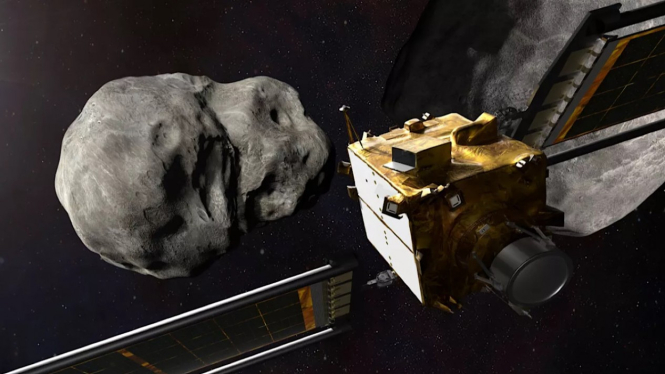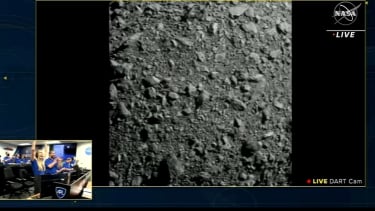- NASA
VIVA – About five months after the National Aeronautics and Space Administration (NASA) crashed its rocket into a distant asteroid, the space agency has good news.
The mission was claimed to be a huge success and similar methods could prevent Earth from being obliterated by a potentially planet-killing space rock in the future, according to four new studies published in the journal Nature.
"I cheered when DART hit the asteroid for the world's first planetary defense technology demonstration, and that was just the beginning," said the associate administrator for the Science Mission Directorate at NASA Headquarters, Nicola Fox in a statement.
According to Fox, the findings add to the fundamental understanding of asteroids and build a foundation for how humans can defend Earth from potentially dangerous asteroids by altering their paths.
NASA launched the Double Asteroid Redirection Test (DART) mission in late November 2021, after five years of planning. Its goal is to test a planetary defense theory called the "kinetic impactor" technique. This technique changes the trajectory of an asteroid by crashing a rocket into the asteroid at high speed.
Pesawat DART NASA menabrak asteroid Dimorphos.
- NASA
The second study used two different methods to confirm the 33-minute deceleration of Dimorphos' orbit. The third study was tasked with calculating the momentum transferred from the DART spacecraft to the asteroid.
The collision immediately slowed the asteroid's orbital velocity by at least 0.1 inches per second (2.7 millimeters per second), thanks to the spacecraft's impact momentum and the plume of dust ejected from the asteroid's surface after the collision.
This dusty trail of debris was seen stretching into space for thousands of miles, turning Dimorphos into a little-understood type of asteroid called an active asteroid, which is essentially a space rock that orbits like an asteroid but has a comet-like tail.
"Overall, these results pave the way for a bright future for planetary defense," said Jason Kalirai, mission area executive for civil space at the Johns Hopkins Applied Physics Laboratory, which manages the DART mission with NASA, quoted from the Live Science page, Friday.
In-depth research into the DART collision will continue, as the European Space Agency (ESA) plans to launch the Hera spacecraft in 2024 to study the injured face of Dimorphos at close range.

























